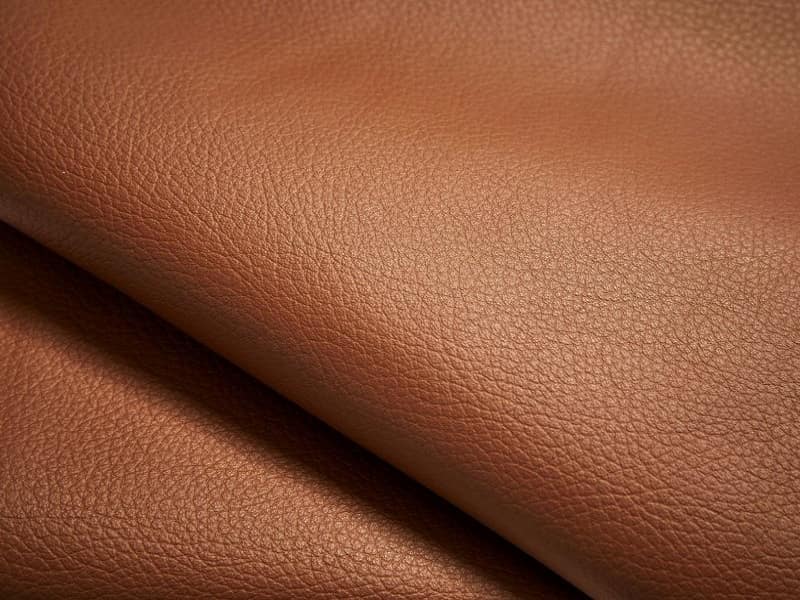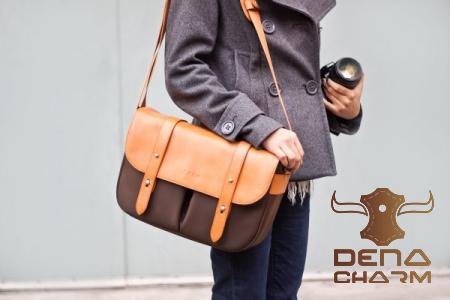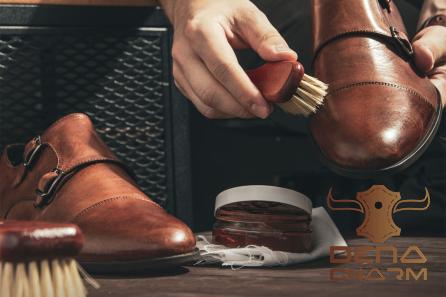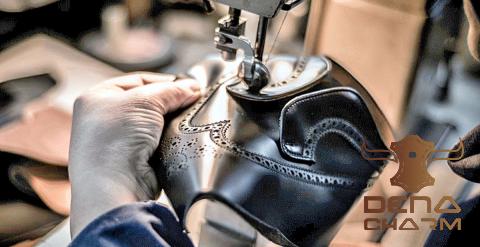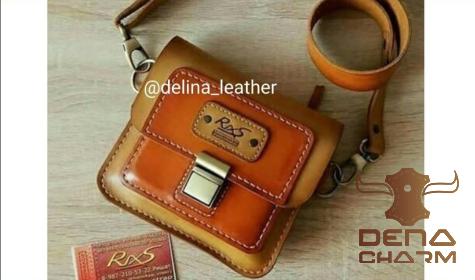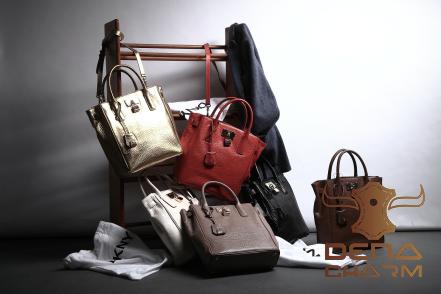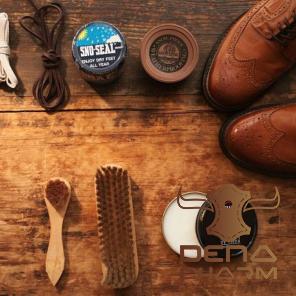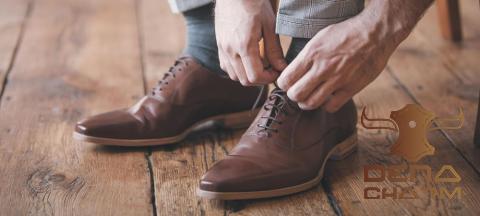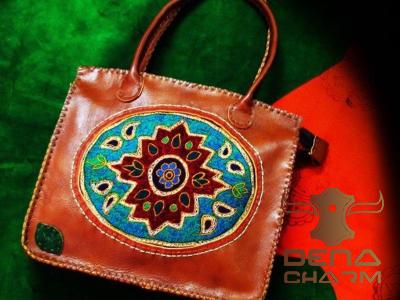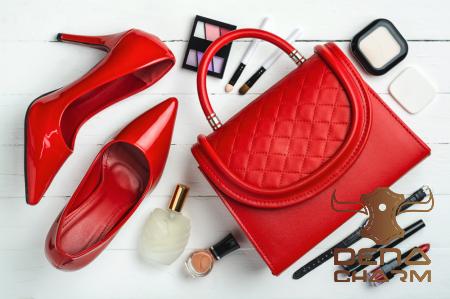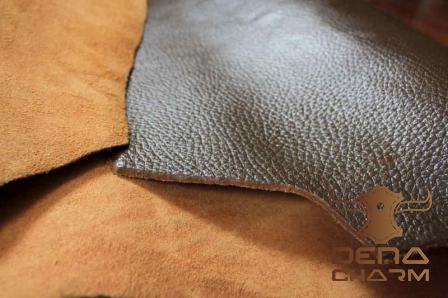Raw leather texture is a visually captivating and versatile material that serves as the backbone of countless fashion and interior design trends. Acknowledged for its timeless appeal, raw leather texture has become widely sought after in the business world. In this article, we will delve into the advantages and disadvantages of using raw leather texture, explore how to create its unique texture, and explore various creative ways to incorporate it into your business.
Advantages of Raw Leather Texture:
1. Luxurious Appeal: Raw leather texture adds a touch of sophistication and luxury to any product or design. It emanates a sense of high quality and artisan craftsmanship, making it desirable to customers with discerning tastes.
2. Durability: One of the key benefits of raw leather texture is its durability. It is a long-lasting material that can withstand everyday wear and tear. This makes it a sound choice for businesses looking to invest in products with extended lifespans, such as bags, wallets, and upholstery.
3. Natural Appeal: Raw leather texture offers an authentic and earthy element to any product or design. It’s ideal for businesses aiming to project a rustic or vintage aesthetic, as the material tends to age beautifully over time, developing a unique patina and character.
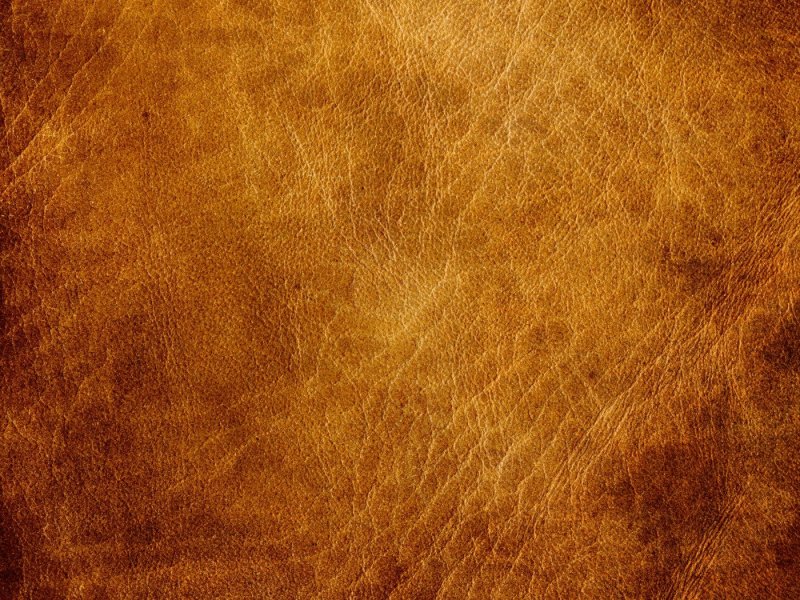
4. Versatility: Raw leather texture can be used in a wide range of applications. It seamlessly complements both classic and contemporary designs, making it suitable for various industries, including fashion, interior design, and even automotive manufacturers.
Disadvantages of Raw Leather Texture:
1. Cost: Raw leather texture can be more expensive compared to synthetic alternatives. This can pose challenges for businesses on a limited budget. However, it’s worth noting that the durability and longevity often outweigh the initial investment.
2. Maintenance: Raw leather texture requires proper care and maintenance to retain its original appearance. It may need to undergo professional cleaning or conditioning treatments periodically, which could pose an inconvenience for some business owners.
How to Make Raw Leather Texture:
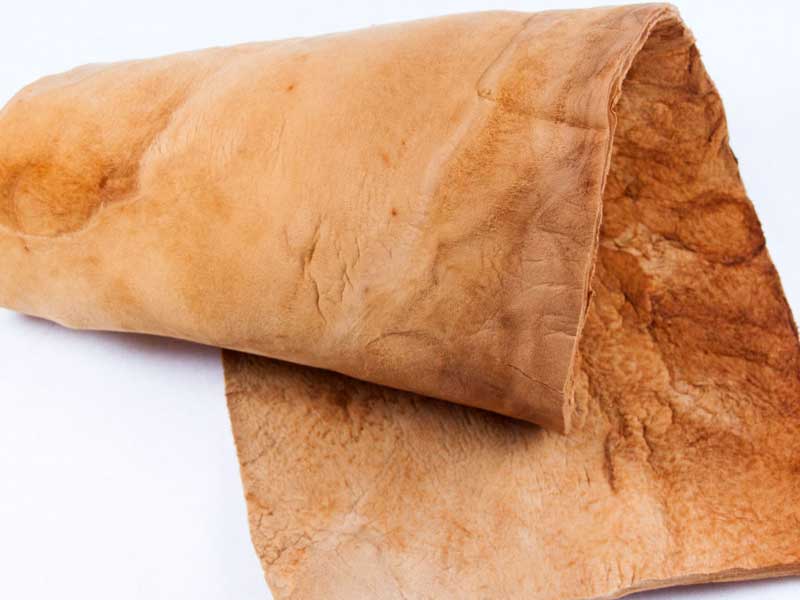
1. Procuring Quality Leather: The first step in creating raw leather texture is sourcing high-quality leather hides. Opt for reputable suppliers who provide genuine and ethically sourced leather to ensure the best results.
2. Tanning Process: Tanning is a crucial step in creating raw leather texture. It involves treating the hides with chemicals to preserve and soften the material. The tanning process can vary, with options such as vegetable tanning (environmentally friendly) or chrome tanning (commonly used for upholstery and automotive industries).
3. Texturing Techniques: To achieve the desired raw leather texture, several techniques can be employed. These may include sanding, embossing, or distressing the leather to create unique patterns, grains, or marks.
How to Use Raw Leather Texture:
1. Fashion Industry: The fashion industry presents numerous opportunities for incorporating raw leather texture. Designers can utilize this material in the creation of handbags, belts, shoes, and jackets to add a touch of elegance and exclusivity to their products.
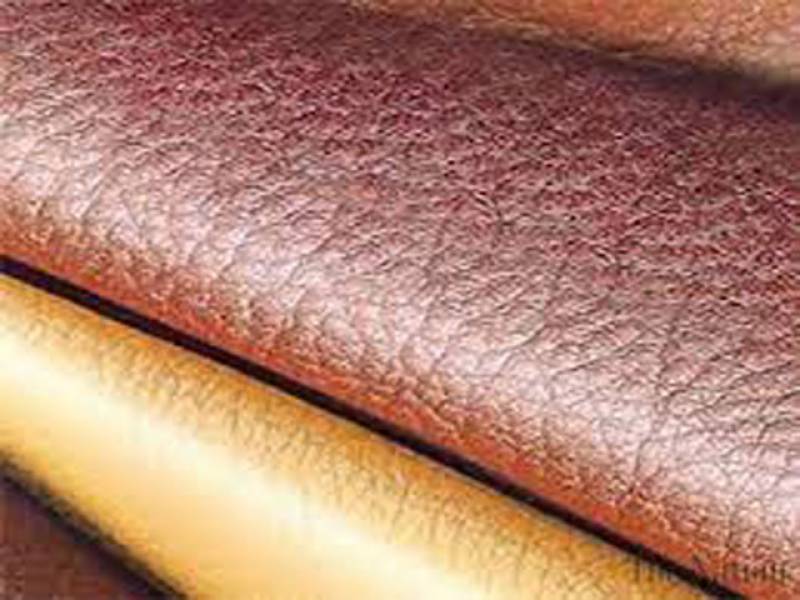
2. Interior Design: Raw leather texture finds its place in many interior design projects. It can be used for upholstery, accent pieces such as cushions, or even as wall coverings. The addition of raw leather texture brings warmth, character, and an inviting ambiance to any space.
3. Automotive Industry: Many car enthusiasts appreciate the use of raw leather texture in the automotive industry. It conveys a sense of luxury and comfort while providing a tactile experience for drivers and passengers alike. From steering wheels to seats, raw leather texture elevates the overall driving experience.
4. Accessories and Stationery: From wallets and journals to phone cases and keychain holders, raw leather texture is an excellent choice for small accessories and stationery items. Its durability ensures long-lasting products that customers can enjoy for years to come.
Conclusion:
Raw leather texture offers a myriad of advantages, from its luxurious appeal to its durability and versatility. While it may come with a higher price tag and require regular maintenance, the benefits far outweigh the drawbacks. Whether utilized in the fashion industry, interior design, automotive industry, or smaller accessories, raw leather texture adds an element of sophistication and authenticity to any business. Embrace the timeless allure of raw leather texture and elevate your products and designs to new heights.
